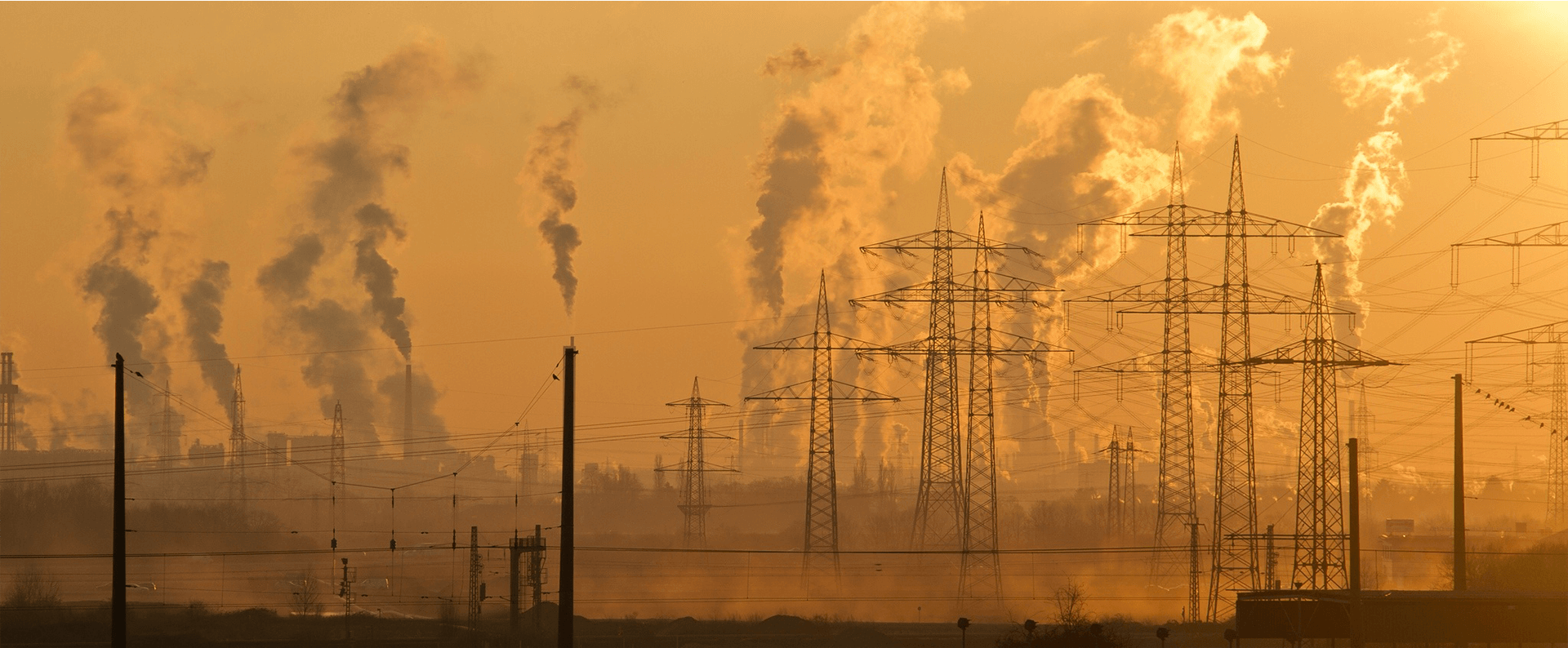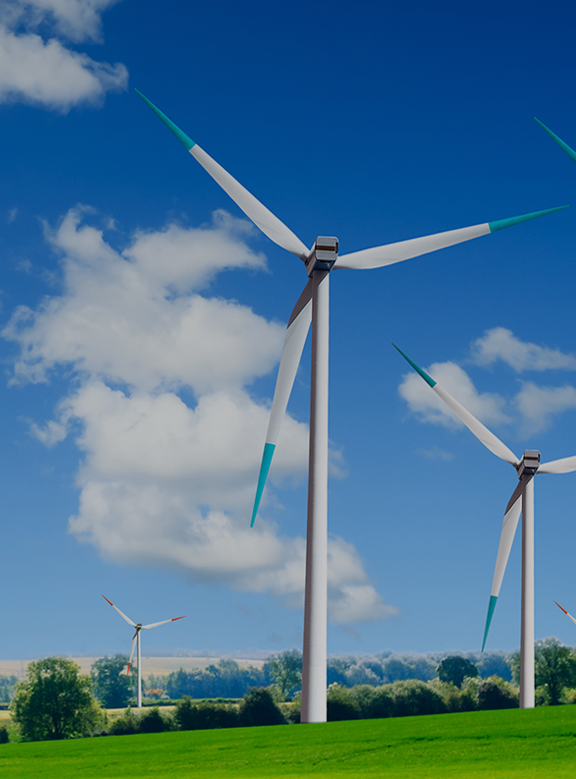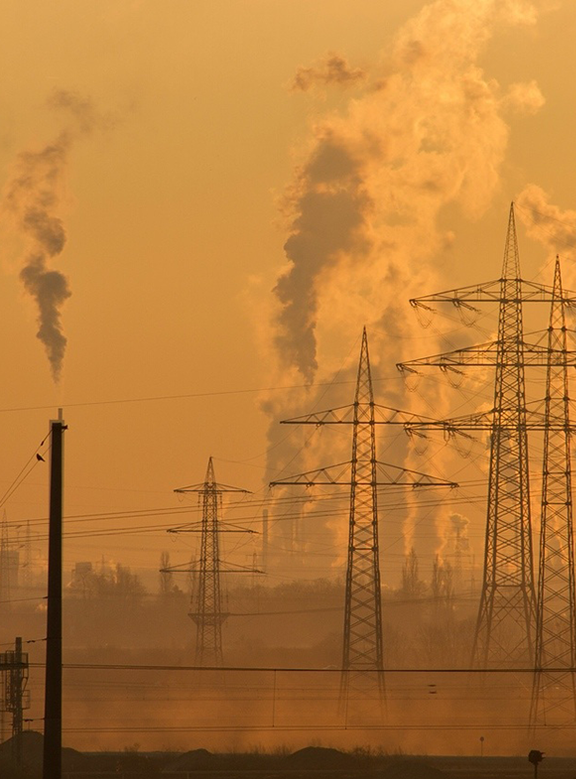ABOUT THE PROJECT
Climate change is a global challenge that requires a collaborative response. With the recently concluded Paris Agreement, there is an increasing demand for international cooperation to drive the necessary transformation to more resilient, low carbon economy. Strategies and projects in this area will need to consider how to address mitigation (avoidance of greenhouse gas emissions) and adaptation to climate change (building resilience to climate impacts), in line with the disaster risk reduction practices. Implementing credible climate policies and actions will result in large-scale decarbonisation of the economy in the coming years. The transformation will bring new opportunities for economic growth, create green jobs and contribute to the improvement of air quality and citizens' health. The EU has been implementing ambitious climate policy for decades and has accumulated extensive knowledge to be shared with experts and policymakers in the beneficiary countries. Opportunities for cooperation should be taken up as much as possible.









